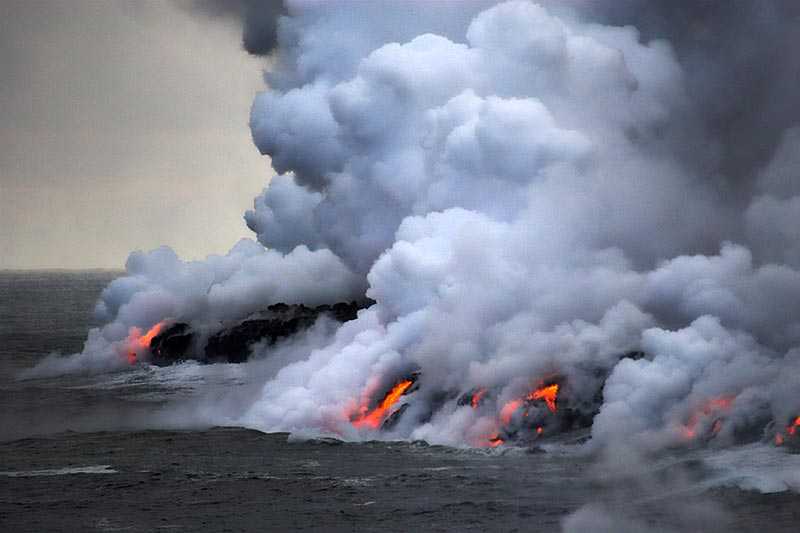Kīlauea Volcano
About Kilauea
Kilauea is the most active of the five volcanoes that form the island of Hawaii and is on the southern shore of the island. Kilauea, meaning “spewing” or “much spreading...
About Kilauea
Kilauea is the most active of the five volcanoes that form the island of Hawaii and is on the southern shore of the island. Kilauea, meaning “spewing” or “much spreading” is also the youngest of the five, at between 300,000 and 600,000 years old. At present, the volcano is in the process of an ongoing eruption that began in 1983 and has already produced several kilom...
Things to do near Kīlauea Volcano
Attractions near Kīlauea Volcano
Activities
About Kīlauea Volcano
About Kilauea
Kilauea is the most active of the five volcanoes that form the island of Hawaii and is on the southern shore of the island. Kilauea, meaning “spewing” or “much spreading” is also the youngest of the five, at between 300,000 and 600,000 years old. At present, the volcano is in the process of an ongoing eruption that began in 1983 and has already produced several kilometres of new land. It is located within the Hawaii Volcanoes National Park, which is also a UNESCO World Heritage Site.
Flora and fauna
Part of the volcano is barren due to the continuous fall of ash and acidic rain caused by volcanic activity. Where this doesn’t fall though, the plant life is richly endemic and includes native a’e ferns, `ohi`a trees, and hapu’u. There is a huge diversity of bird species, including some rare or endangered, and the coastline below the volcano has three known breeding sites for the critically endangered hawksbill sea turtle.
Tourism
As an active volcano which is still tame enough to be approachable, Kilauea is a massive draw to tourists with over 2.6 million visiting annually.
Activities
There are a number of hiking trails and viewing points to allow visitors to explore the area and observe volcanic activity in progress. Visitors can enjoy learning about the volcano with a trip to the Kilauea Visitor Centre, which focuses on the environmental, historical and cultural impact of the volcano on the island, and is set across a great park so that people can see all of the different elements of the land there.
